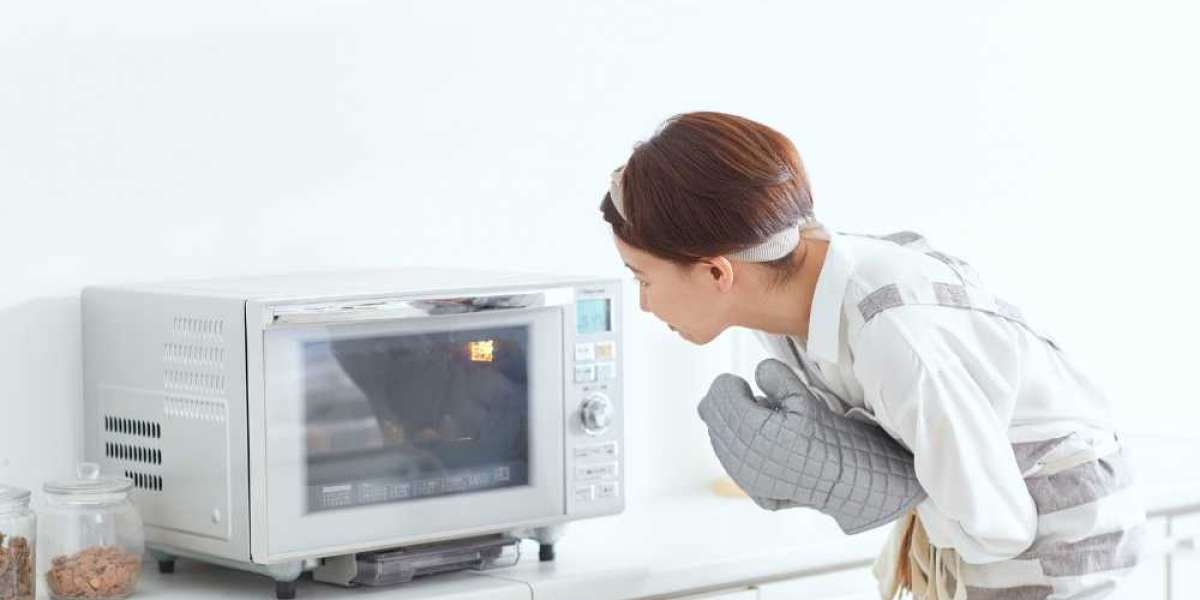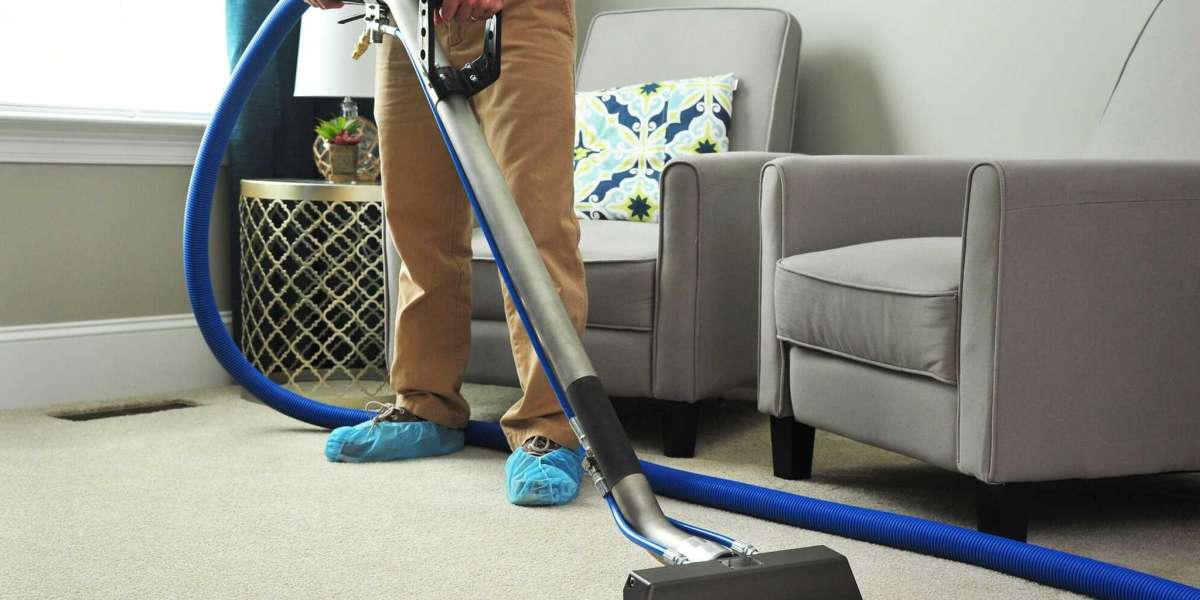Microwaves are one of the most essential kitchen appliances, helping homeowners save time by heating, defrosting, and even cooking meals in minutes. However, like any other electrical device, they can break down due to age, overuse, or internal malfunction. Understanding microwave repair helps extend the appliance's lifespan, saves money on replacements, and ensures safe usage.
This guide explores common microwave problems, troubleshooting techniques, professional repair options, safety tips, and more.
1. Common Microwave Problems
1.1 Microwave Not Turning On
Causes: Power supply issue, blown fuse, faulty door switch.
Solution: Check outlet, replace fuse, inspect door latch assembly.
1.2 Microwave Not Heating Food
Causes: Faulty magnetron, defective diode, or capacitor issue.
Solution: Replace magnetron or high-voltage components with professional help.
1.3 Microwave Plate Not Spinning
Causes: Turntable motor malfunction, misaligned roller guide.
Solution: Inspect motor under the microwave, reposition or replace the roller guide.
1.4 Microwave Buttons Not Responding
Causes: Control panel failure or membrane switch issues.
Solution: Replace touchpad membrane or control board.
1.5 Sparking or Arcing Inside
Causes: Metal object inside, damaged waveguide cover, or burnt diode.
Solution: Remove metal items, clean interior, replace damaged parts.
2. Safety Precautions Before Repair
2.1 Disconnect Power
Always unplug the microwave to avoid electrical shock.
2.2 Discharge the Capacitor
Microwave capacitors can hold high voltage even when unplugged. Use a resistor or insulated tool to discharge safely.
2.3 Avoid DIY High-Voltage Repairs
Components like the magnetron and capacitor can be dangerous. Call a professional if you’re unsure.
2.4 Work in a Clean, Well-Lit Area
Ensure your repair environment is free from clutter and has good lighting for safety.
3. Microwave Components to Inspect
3.1 Magnetron
The heart of the microwave that generates microwaves.
Replacing requires expertise and care due to high voltage.
3.2 High-Voltage Diode
Converts AC to DC for the magnetron.
Failure leads to heating problems.
3.3 Capacitor
Stores and releases energy to power the magnetron.
Can be lethal if mishandled.
3.4 Door Switches
Prevent the microwave from operating when the door is open.
Worn switches need replacing for safety.
3.5 Control Panel
Interface for programming the microwave.
Susceptible to wear and circuit damage.
4. DIY Microwave Repair Tips
4.1 Checking the Power Supply
Plug the microwave into a different outlet.
Test with another device to ensure outlet is functional.
4.2 Inspecting Fuses
Open the microwave casing carefully.
Test fuses with a multimeter and replace if needed.
4.3 Testing the Door Switch
Use a multimeter to check for continuity.
Replace the switch if it's not making contact.
4.4 Replacing the Turntable Motor
Access the motor through the bottom panel.
Disconnect wires, unscrew the motor, and replace with a new unit.
5. When to Call a Professional
5.1 Persistent Electrical Failures
If the microwave repeatedly blows fuses or trips breakers, contact an expert.
5.2 Magnetron or Capacitor Replacement
These components require proper handling and tools. A professional can ensure safety and proper installation.
5.3 Strange Noises or Burning Smells
These could indicate severe internal issues, including fire risk.
5.4 Warranty Concerns
If the microwave is under warranty, avoid DIY repairs that might void it.
6. Cost of Microwave Repairs
| Issue | Estimated Cost (USD) |
|---|---|
| Fuse Replacement | $10 - $50 |
| Turntable Motor | $30 - $100 |
| Door Switch | $20 - $60 |
| Control Panel | $80 - $200 |
| Magnetron Replacement | $100 - $300 |
| Professional Labor | $50 - $150/hour |
7. Preventive Maintenance Tips
Keep It Clean: Wipe the interior regularly to avoid grease buildup.
Avoid Metal Items: Never put foil, metal utensils, or dishes with metallic trim inside.
Check Door Seals: Make sure the door closes tightly and the seal isn’t worn out.
Use Microwave-Safe Containers: Glass, ceramic, and BPA-free plastics are best.
Allow Ventilation: Ensure proper airflow around the microwave for cooling.
8. Choosing a Reliable Repair Service
8.1 Look for Certified Technicians
Choose services that specialize in appliance repairs and have certified staff.
8.2 Read Reviews
Check Google or local listings for customer experiences.
8.3 Ask About Warranties
A good repair service should offer warranties on parts and labor.
8.4 Compare Quotes
Get estimates from multiple providers before committing.
Conclusion
Microwave repair doesn't have to be a daunting task. With the right knowledge and tools, minor issues like blown fuses or non-spinning turntables can often be fixed at home. However, for high-voltage components and more complex problems, it's always safer and more effective to hire a professional technician.










